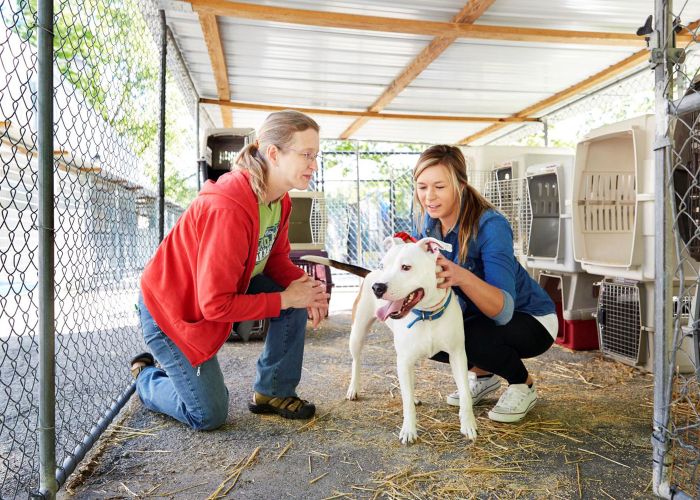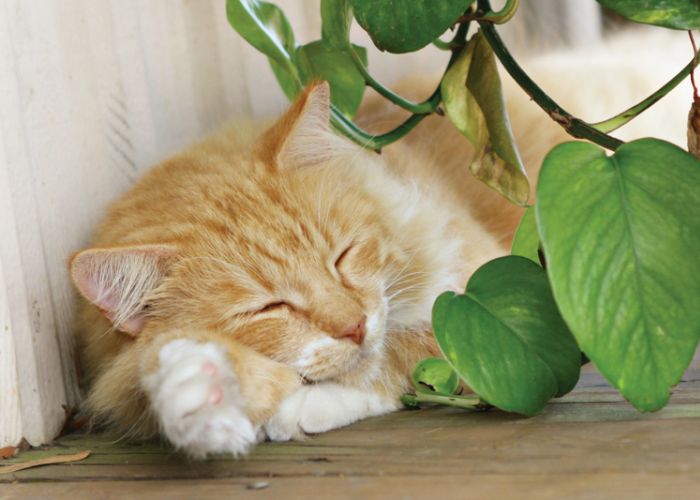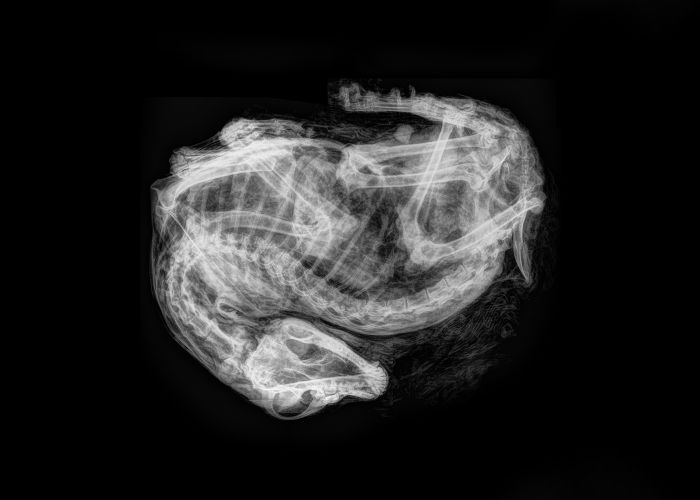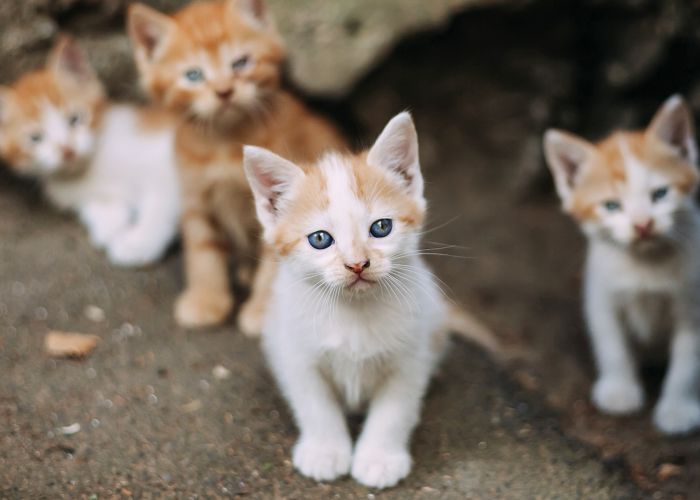Ask and you shall receive
Wish lists can be an easy but impactful tool for shelters and rescues to get much-needed items—no genie or fairy godmother required

Two days after a February tornado swept through Nashville, Tennessee, the Nashville Humane Association had 75 Amazon packages on its doorstep, filled with items the shelter had asked for from its wish list. By the following week, the shelter had received so many donations that it was encouraging the community to support it in other ways.
It’s not just during emergencies that the community responds to Nashville Humane’s requests for donated supplies. Throughout the year, the organization is able to use its wish list to get vital items, says executive director Laura Chavarria.
Organizations have different strategies for setting up and promoting wish lists, but if groups follow some basic steps, wish lists can be a simple but effective way to get supplies as well as in-kind donations. Any animal shelter or rescue can come up with items it needs and share them with the community, giving the public another way to support its work.
“It’s an easy way to have folks donate to your shelter for things that are desperately needed,” says Chavarria.
Wish lists are also useful because some community members may prefer to give a tangible item. Giving a physical gift may help them connect with the mission of the organization, says Christina Hill, director of marketing and communications for Atlanta Humane Society.
“It’s an easy way to have folks donate to your shelter for things that are desperately needed.”
—Laura Chavarria, Nashville Humane Association
“There’s a certain type of person that does want to donate a specific item,” she adds.
At a basic level, an organization can write out a wish list directly on its website. Many nonprofits also set up wish lists through Amazon, linking to the exact items they need and enabling donors to send items directly to the organization without leaving the couch.
Atlanta Humane does both. On its website wish list, it puts general things that people may already have at home, like newspaper or jars of peanut butter. It uses its Amazon wish list (which it promotes in multiple places on its website), to ask for less common items. In fact, Atlanta Humane creates separate Amazon lists for different needs, like neonatal kitten care, parvo treatment, foster care and more, which is helpful because it enables people to know exactly how their donation is being used, says Hill.
“People love seeing where their money is directly going,” agrees Anna Lai, marketing director for New York City-based Muddy Paws Rescue.
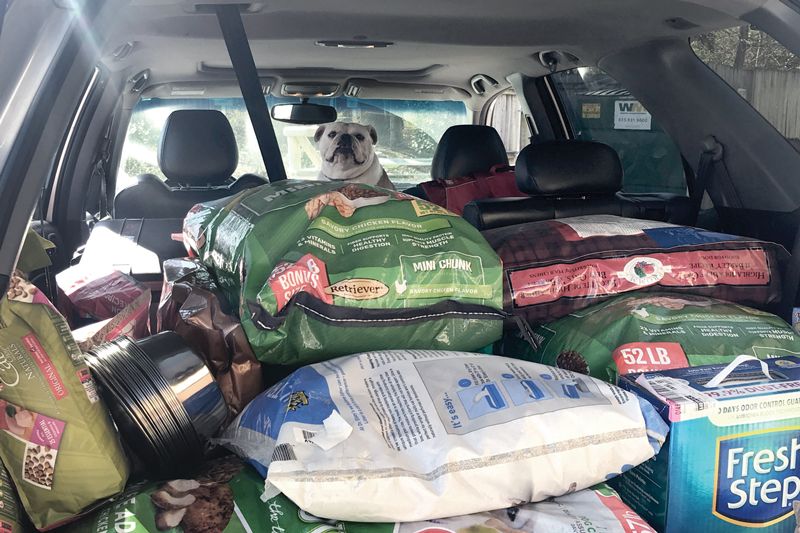
Asking without overdoing it
Most animal shelters and rescues probably have no trouble rattling off various items they could use. Start with a base list of things you continuously have a need for, that won’t go bad and that you have the ability to store, like leashes, food, crates and toys. Then add other items as needed.
Muddy Paws, a foster-based rescue, gives kits with essential dog-care items to new foster parents, so those supplies are always on the wish list, says Lai.
Nashville Humane’s approach is to keep its wish list items “fresh, relevant and affordable,” says Chavarria.
To keep it fresh, shelter staffers review the list at weekly meetings. Relevant items are things that the shelter uses for direct animal care or that it really needs. Finally, it lists items at different price points, so there is something affordable for most people. However, the shelter isn’t shy about asking for high-price items.
In February 2019, Nashville Humane’s vacuum broke, so it added two to its wish list—and ended up with six, which “is a wonderful problem to have,” says Chavarria.
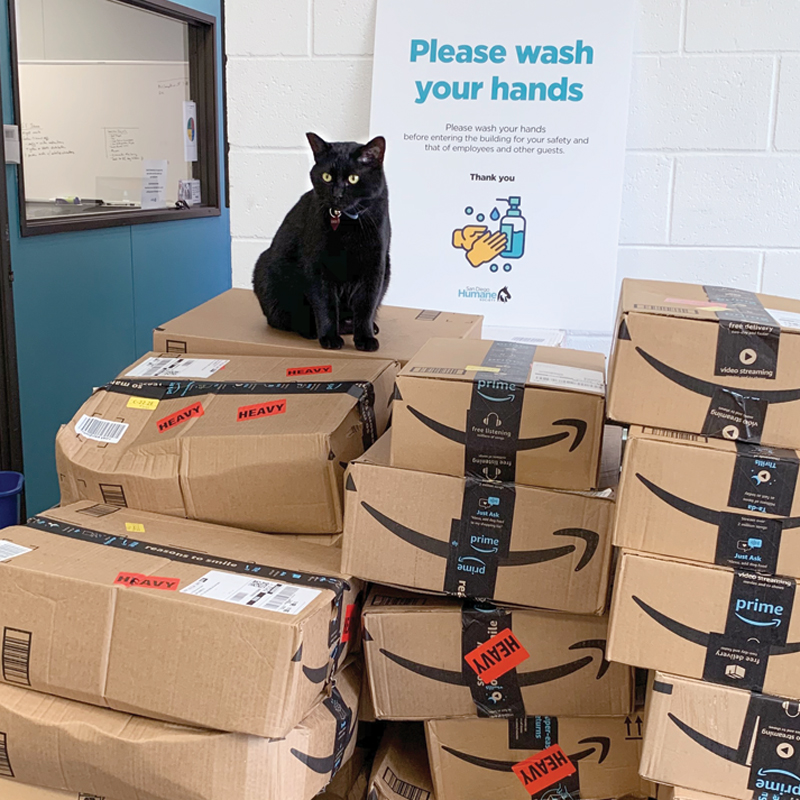
There is no set rule about how many items to include on wish lists. In general, avoid having pages and pages of items, which can make the list too overwhelming for people to look through, says Jennifer Grantham, senior director of annual giving for San Diego Humane Society.
When putting items on the wish list, be as specific as possible about size, quantity, priority and color to ensure that your organization will use what it’s getting, says Chavarria.
Once you create the wish list, be sure to review it at regular intervals—whether weekly, monthly or quarterly, according to the needs of your organization—to gauge when to remove or add items. This should be a coordinated effort involving different departments and staff members, although it may be helpful if one person is in charge of actually updating the list.
In addition, make sure you have a process for how to take in, record and store donated items that are shipped to you or that people drop off.
Managing your wish list isn’t a precise science, so be prepared to share with other organizations if you end up getting too many of an item or if people bring items you don’t need—but let your supporters know that’s what you’re doing.
“We’re transparent when we do share those donations, and we show how they’re being used,” says Chavarria, “and it actually brings in more donations when you show collaboration and that generosity.”
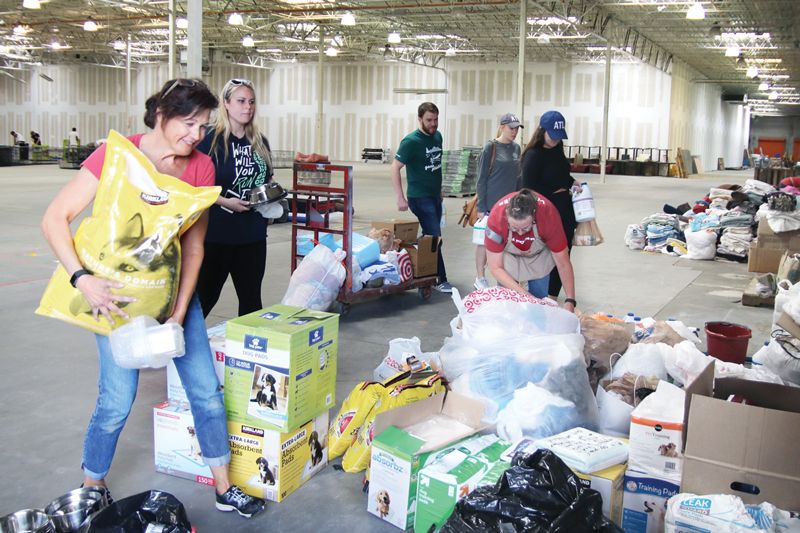
Getting your list out into the world
Once your wish list is on your website, whether it’s an actual list, a link to your Amazon wish list or both, promote it using your organization’s usual methods, like direct mail, email and even flyers. On today’s communications landscape, social media will probably be the main method.
Groups typically promote their wish list when they need specific items, either because they are running low on something or an unexpected need has surfaced.
When the COVID-19 pandemic hit in March, bringing economic instability with it, many shelters promoted their wish lists to get items to help people care for their pets. Richmond Animal Care and Control in Virginia added human food and additional pet food to its wish list to set up a food pantry, and put a call out on Facebook for donations, says director Christie Chipps Peters.
In general, RACC only pushes out its wish list about four times a year (when it needs items or simply hasn’t posted it in a while), but sees a huge response when it does. Once, after posting that it needed bleach, the shelter received hundreds of bottles within a few days. When it needed $300 evidence kits for active investigations, three were ordered within minutes, says Peters.
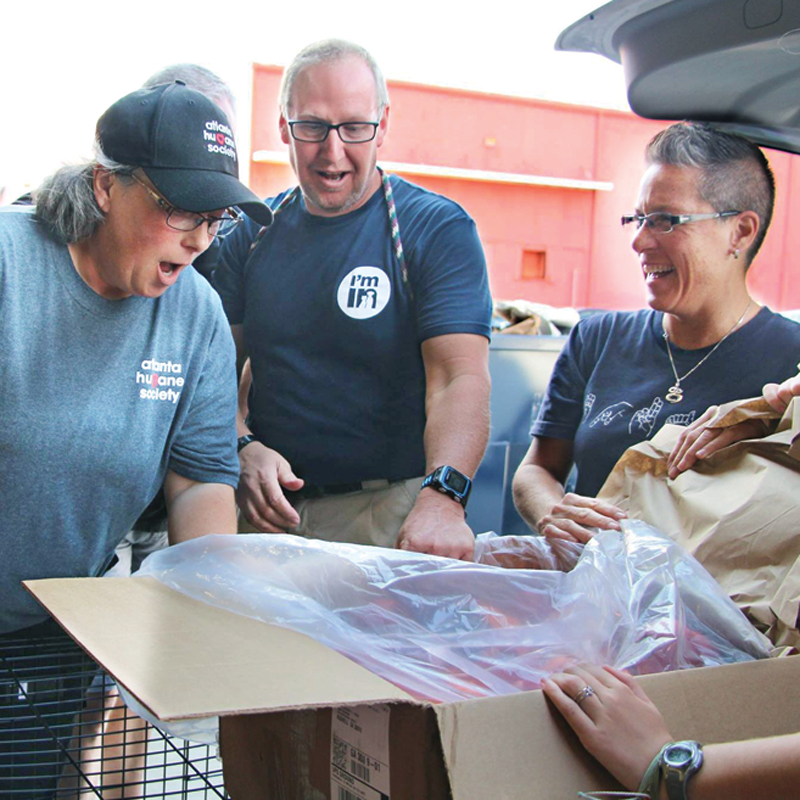
However, there is no magic number for how often an organization should promote its wish list and ask for items.
It depends on each organization’s situation, says Grantham. San Diego Humane, which tends to push its wish list six to eight times a year, will evaluate whether to promote a wish list need based on other fundraising campaigns and other messaging the group is promoting at the time, to avoid competing with itself, she adds.
Nashville Humane promotes its wish list when it has an urgent need. But even when it doesn’t, it will promote the general list once or twice a week on different social media platforms, like Facebook and Instagram. Like many organizations, it will post about the list on Wednesdays, with the hashtag #WishlistWednesday.
When promoting an item on your list, it’s helpful to explain why you need it. This works especially well for stories that tug at the heartstrings, like when Muddy Paws explains that it needs supplies to care for a mother dog and puppies.
“Everyone naturally wants to help,” says Lai, “and they end up donating and fulfilling the whole wish list in a matter of days.”
Many groups also find that asking for a specific item is more helpful than just asking for any general wish list item.
“I think that people like to be very specific in their gift-making,” says Peters, “and so the more specific we can make the ask, I think the easier it is for people to understand and to say, ‘I’m buying this bottle of bleach that will help clean the shelter for a week.’”
“Don’t be afraid to ask. Be brave and convincing in what you need.”
—Christie Chipps Peters, Richmond Animal Control
If appropriate, shelters can also post cute and funny photos to engage potential donors. When RACC needs towels, it might take a photo of a kitten walking across empty shelves in the laundry room and post it to Facebook, along with a caption that jokes about the kitten looking for towels but not finding any, says Peters.
Peters attributes RACC’s successful wish list asks to the sense of community it has built around the shelter, through developing a social media following and being transparent about both its successes and struggles.
In fact, RACC has been so successful when it asks for items that it has included other groups’ needs in its wish list asks. In August 2019, after working a case with the city’s child protective services, it added items that the department needed to its wish list. Then the shelter put a call out on Facebook explaining the situation. It collected more than 11,000 diapers, 22,000-plus wipes and other items for the department.
“Don’t be afraid to ask,” says Peters. “Be brave and convincing in what you need.”


